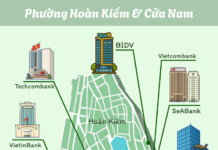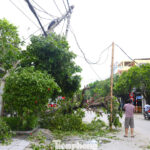Although the rain had stopped by the evening of August 27, some areas in Hanoi, such as the Geleximco Le Trong Tan and Nam An Khanh urban areas in Hoai Duc district, still experienced minor flooding. Notably, the Geleximco Area A and the Nam An Khanh welcome gate remained submerged, although residents shared that the water level had started to gradually decrease.
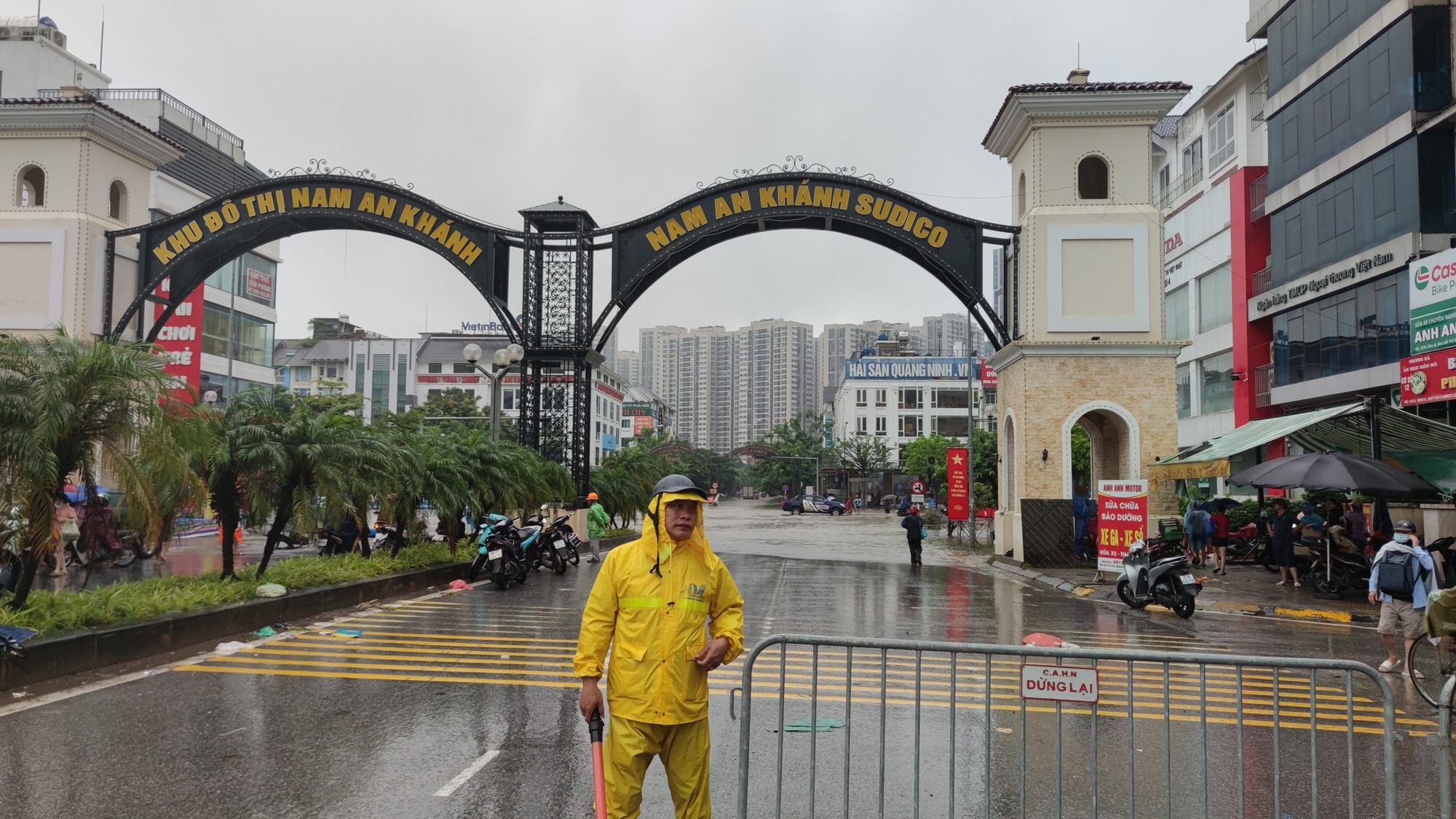
Residents shared that the water level at the Nam An Khanh gate area had started to recede.
The prolonged heavy rain from the night of August 25 to August 26 caused extensive flooding, power outages, and disruptions to the water supply in these areas. Thousands of residents struggled with the aftermath, as their daily lives were significantly impacted.
According to local reports, the power supply in the area was cut off around 3 am on August 26 as a safety measure. However, by the evening, electricity had not been restored, plunging the entire neighborhood into darkness. Many families had to rely on oil lamps or temporary generators to maintain their basic daily activities amidst the flooding.
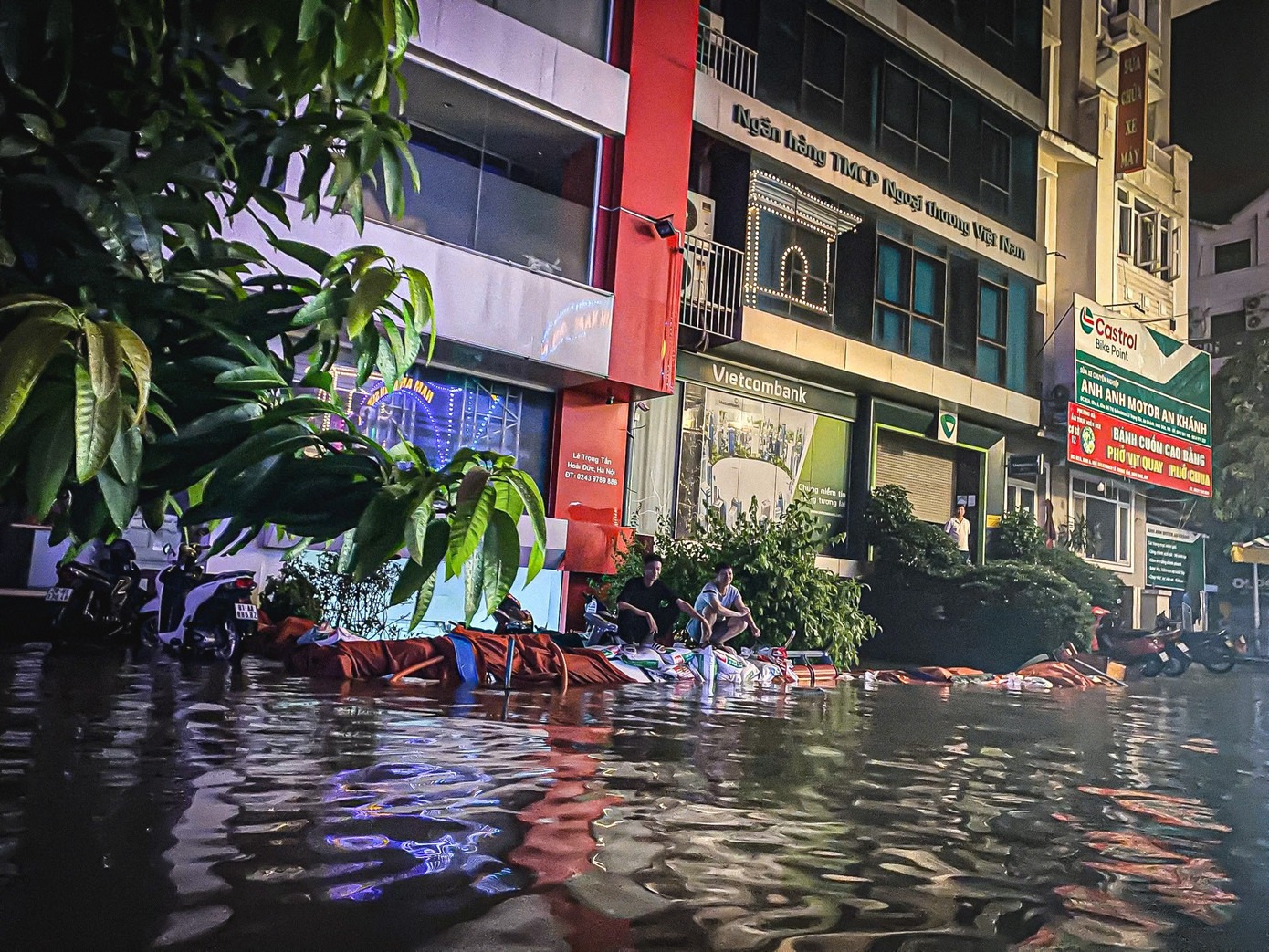
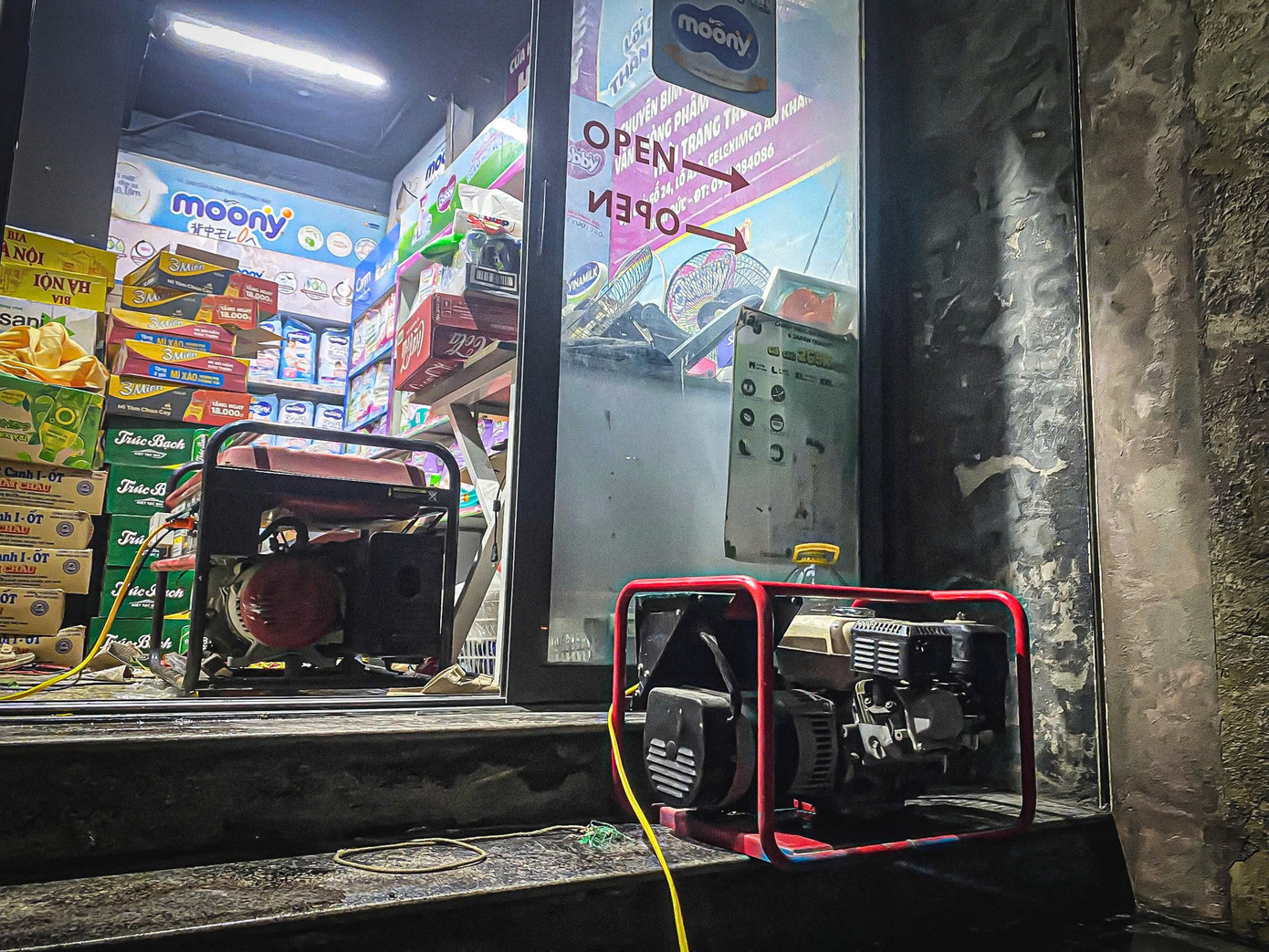
Image from the evening of August 26: Residents using a generator to maintain basic activities.
Given the ongoing challenges with the drainage infrastructure, the Hanoi People’s Committee approved the investment in a project to construct a sewage collection system and a wastewater treatment plant in Nam An Khanh in May 2025. The project aims to establish a modern wastewater treatment system for the area, including a network of main sewers, overflow wells, a surrounding dike, and a concentrated wastewater treatment plant.
With a total investment of over VND 430 billion, the project is expected to be implemented from 2026 to 2029. The main components include a separate well-type sewage collection system, a self-flowing dike, a transfer pumping station, and a pressurized sewer system. The Nam An Khanh Wastewater Treatment Plant is designed to have a capacity of approximately 7,500 cubic meters per day by 2030, employing energy-efficient technology and featuring a closed odor control system. It will also be capable of receiving and treating septic tank sludge, with the treated sludge achieving a minimum dryness of 30% before landfill disposal.
The Hanoi People’s Committee has also assigned the Hoai Duc District People’s Committee with the responsibility of ensuring the accuracy and legality of the project data and documents during the appraisal and approval process.
Residents are hopeful that with the implementation and operation of this project, the frequent flooding issues in Nam An Khanh and Geleximco areas will be resolved, leading to a more stable urban life.
Crowds Gather to Charge Phones at Malls and Apartment Complexes.
A powerful storm, Typhoon No. 5 (Kajiki), made landfall in Nghe An, causing widespread power outages. The storm’s impact left residents seeking alternative sources of electricity as they flocked to shopping malls and commercial centers with their electronic devices, hoping to recharge their phones, laptops, fans, and lights.
The Ultimate Guide to Traffic Congestion in Ho Chi Minh City: Unclosed Ring Road and Overburdened Highways
The Ho Chi Minh City Department of Construction has acknowledged that despite significant progress in infrastructure development, the regional connectivity landscape still presents bottlenecks. These issues hinder the city’s ability to keep pace with the demands of economic and social growth, especially in the wake of its merger with surrounding localities.
“Launching the Construction of the Cổ Linh Interchange Underpass: A 750-Billion-VND Project Commencing in September 2025.”
The Hanoi City Transport Infrastructure Investment Construction Project Management Board (Transport Department) has proposed to the Department of Construction a plan to commence construction of an underground tunnel project at the Co Linh intersection to eliminate a long-standing traffic bottleneck. The total investment for this project is estimated at VND 750 billion.










